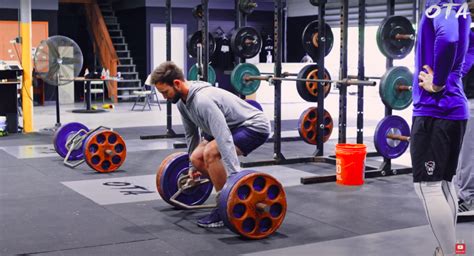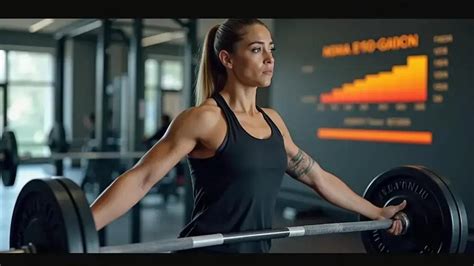Optimize gym time: What’s the best workout split for peak strength and efficiency?
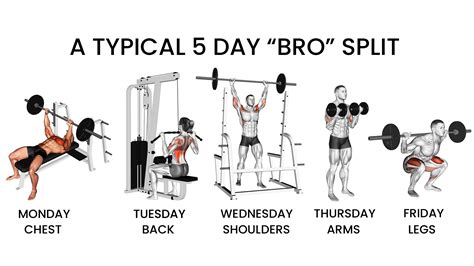
Maximizing Your Gym Time: Finding the Perfect Workout Split
In the quest for peak strength and efficiency, how you structure your workouts is just as crucial as the effort you put in. A well-designed workout split can dictate your recovery, training frequency, and ultimately, your progress. With countless approaches available, identifying the “best” split can seem daunting. This article delves into various popular workout splits, examining their strengths and weaknesses to help you optimize your time and achieve your fitness goals.
Understanding Workout Splits and Their Importance
A workout split refers to how you divide your training sessions throughout the week, allocating specific muscle groups or movement patterns to different days. The primary goal is to allow adequate recovery for muscle groups while ensuring sufficient stimulus for growth and strength adaptation. The right split enhances efficiency by targeting muscles when they are ready to be worked again, preventing overtraining and maximizing each gym visit.
Popular Workout Splits for Strength and Efficiency
Full Body Split
What it is: You train all major muscle groups in each session, typically 2-3 times per week. Examples include compound movements like squats, deadlifts, bench press, and rows.
Pros for Strength/Efficiency: High frequency for each muscle group, excellent for beginners to master movements, promotes systemic recovery, and ideal for those with limited gym days per week. It can lead to rapid strength gains due to frequent practice of key lifts.
Cons: Intense sessions can be draining; limited volume per muscle group per session compared to other splits.
Best For: Beginners, individuals with 2-3 gym days a week, and those focusing on overall strength and conditioning.

Upper/Lower Split
What it is: Divides your body into upper body and lower body training days, usually done 4 days a week (e.g., Upper, Lower, Rest, Upper, Lower, Rest, Rest).
Pros for Strength/Efficiency: Allows for moderate frequency (twice a week per muscle group), greater volume per session than full body, and balanced development. It’s a great stepping stone from full body for intermediate lifters.
Cons: Requires more dedicated gym days than a full body split.
Best For: Intermediate lifters, those who can commit 3-4 days a week, and anyone seeking a good balance of frequency and volume.
Push/Pull/Legs (PPL) Split
What it is: Divides workouts based on movement patterns: Push (chest, shoulders, triceps), Pull (back, biceps), and Legs (quads, hamstrings, glutes, calves). Often performed 3 or 6 days a week.
Pros for Strength/Efficiency: High frequency (twice a week if done 6 days), logical grouping of muscles, allows for significant volume per muscle group, and ensures good recovery between sessions for opposing muscle groups.
Cons: Requires a higher weekly commitment (3-6 days) for optimal benefits; can be demanding.
Best For: Intermediate to advanced lifters, those who can train 4-6 days a week, and individuals looking for consistent progression and hypertrophy.
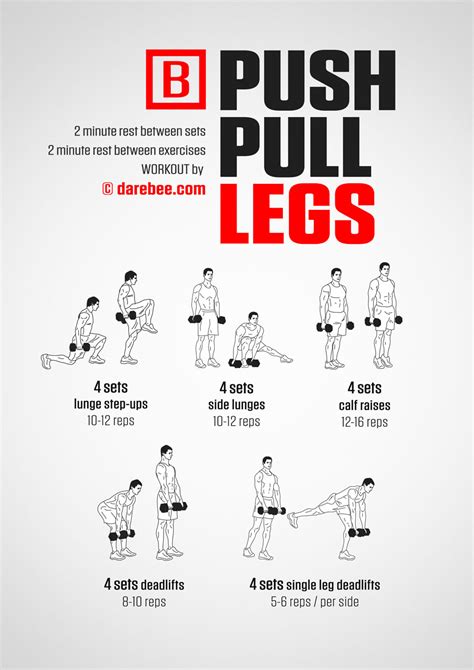
Body Part Split (Bro Split)
What it is: Each session targets one or two specific muscle groups (e.g., Chest Day, Back Day, Leg Day, Shoulder Day, Arm Day). Typically 4-5 days a week.
Pros for Strength/Efficiency: Allows for very high volume on a single muscle group per session, which can be beneficial for hypertrophy. Offers maximum recovery time for individual muscles between their specific training days.
Cons: Low frequency per muscle group (once a week), which can be less optimal for strength gains and skill acquisition in compound movements compared to higher frequency splits. May not be the most efficient for strength alone.
Best For: Advanced bodybuilders, individuals prioritizing muscle isolation and hypertrophy over pure strength, and those who prefer very high volume per muscle group.

Choosing Your Optimal Split: Key Factors
The “best” workout split is highly individual and depends on several critical factors:
1. Your Time Commitment
How many days can you realistically commit to the gym each week? If it’s only 2-3 days, a full-body split is likely the most efficient. If you have 4-6 days, upper/lower or PPL might be more suitable.
2. Your Fitness Level and Experience
Beginners benefit most from full-body routines to build foundational strength and motor patterns. As you advance, you might transition to splits that allow for more volume and specific muscle targeting, like PPL or upper/lower.
3. Your Specific Goals
Are you primarily chasing strength (powerlifting), muscle size (bodybuilding), or general fitness? Strength goals often benefit from higher frequency (full body, upper/lower, PPL), while hypertrophy can be achieved with various splits, including higher volume body part splits for advanced lifters.
4. Recovery Capabilities
Consider your sleep, nutrition, and stress levels. A split that is too demanding without adequate recovery will lead to diminishing returns and potential overtraining.
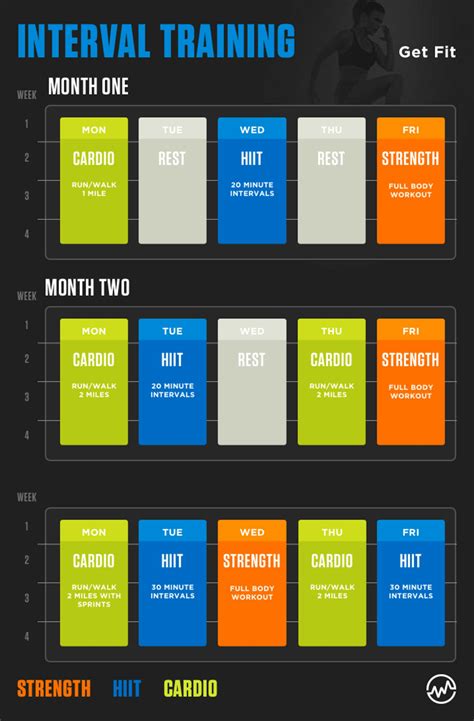
Maximizing Efficiency Beyond the Split
While the workout split is foundational, remember that other factors significantly impact your strength and efficiency:
- Progressive Overload: Continuously challenging your muscles by increasing weight, reps, sets, or decreasing rest time.
- Proper Form: Essential for safety and effectively targeting the intended muscles.
- Nutrition: Fueling your body adequately for recovery and growth.
- Sleep: Crucial for muscle repair and hormone regulation.
- Warm-up and Cool-down: Preparing your body for exertion and aiding recovery.
Conclusion: The Best Split is Yours to Discover
There is no universally “best” workout split. The optimal choice is one that aligns with your individual schedule, experience level, goals, and recovery capacity. Start with a split that seems appropriate, be consistent, and be prepared to adapt it as your body changes and your goals evolve. Listen to your body, track your progress, and adjust your routine to continually challenge yourself and make the most of every minute you spend in the gym.




